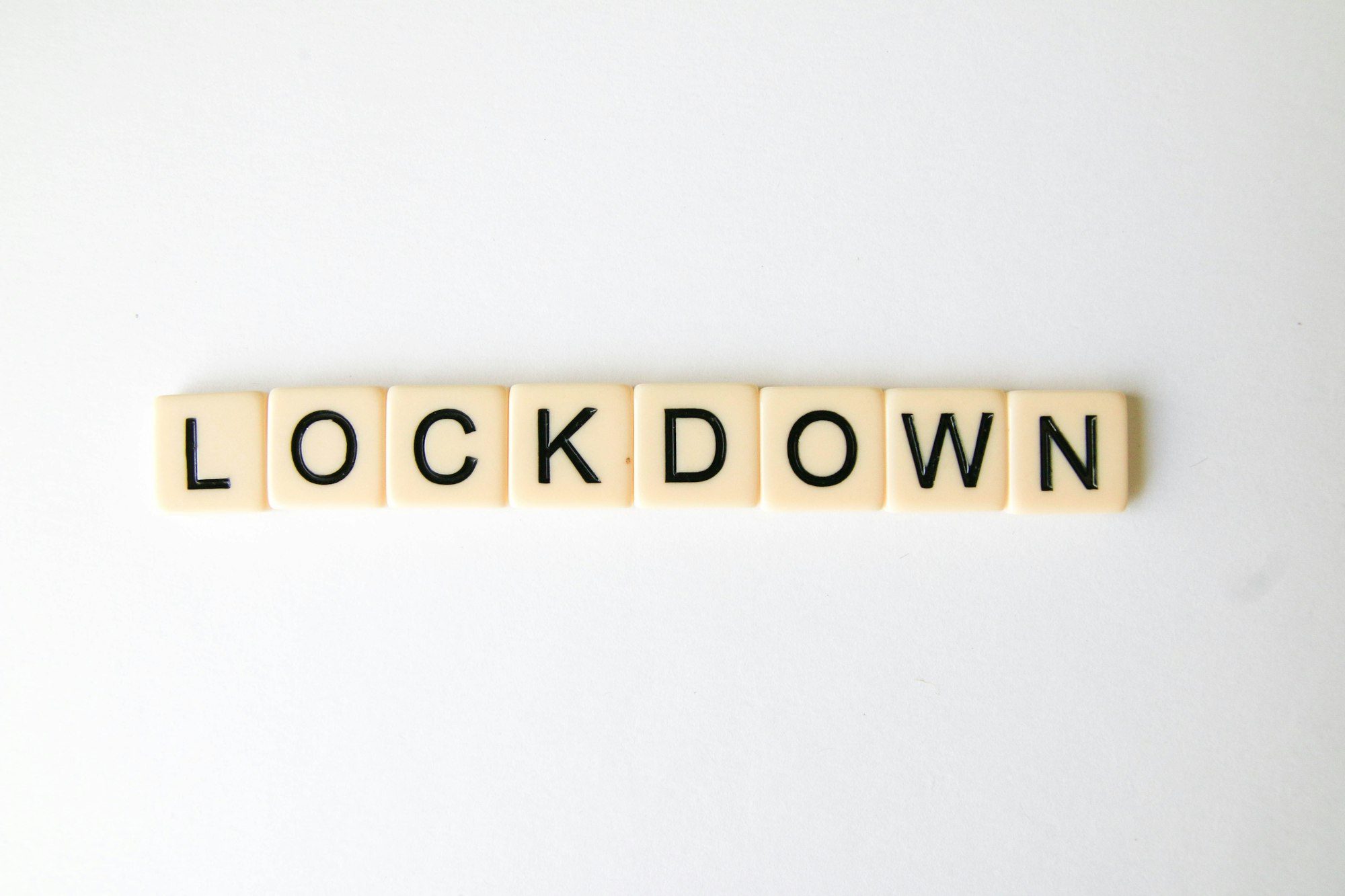At the moment, Austria is experiencing a rapidly growing number of Covid-19 cases which are putting ICUs under strain again. One reason for this development is a relatively low vaccination rate (approximately 65% of the population is fully vaccinated, and approximately 68% have received their first jab). Accordingly, public health measures have constantly been tightened in the past weeks. Since 1 November 2021 (Third Covid-19-Measures Ordinance), there has been a '3G' rule in the workplace (vaccinated/recovered/tested), and since 8 November 2021 (Second Amendment to the above-mentioned ordinance), a 2G rule (vaccinated/recovered) is applicable to most areas of public life (in particular restaurants, hotels, sports and leisure, most public gatherings of people including cultural events).
Nevertheless, the incidence rate rose above 800 per 100,000 recently, with the provinces of Upper Austria and Salzburg having particularly high case numbers. After first announcing a 'lockdown for unvaccinated persons' in these provinces on 12 November 2021, the Federal Government decided to impose a lockdown on all unvaccinated persons throughout Austria as of 15 November 2021. The Federal Minister of Health issued the corresponding ordinance (Fifth Covid-19-Protective Measures Ordinance) late in the evening of 14 November 2021.
The lockdown for the unvaccinated thus overlaps with the existing 2G rules and the 3G rule at the workplace. It means that all persons over 12 years of age who have not been vaccinated or recovered (within the last 180 days) are covered by a 'stay-at-home-order'. They are only allowed to enter public space for a limited number of purposes, the most important being: (1) to avert an immediate danger to life, health or property; (2) to provide care and assistance to persons in need of support; (3) to cover basic needs of daily life, like getting in touch with partners and closest family members and very close friends, shopping for basic necessities of daily life (eg supermarkets, post offices, banks, car repair), for health care purposes (including testing and vaccinations) or for religious needs; (4) for professional or educational purposes (it is important to note that there is a strict regime of tests at school and a 2.5G rule (vaccinated/recovered/PCR-tested)) in operation at most universities; professional purposes includes professional sports; (5) to enter the public space outdoors alone, in the company of persons living in the same household or with pets for recreational purposes; (6) for urgent business with courts or administrative authorities; (7) to participate in public assemblies protected by the freedom of assembly (eg political rallies) or to visit funerals.
In addition to the aim of preventing a collapse of the health care system, in particular of the ICUs, this 'stay-at-home-order' for the unvaccinated has the clear intention of motivating people to get vaccinated, since unvaccinated persons are more likely to infect others or to succumb to serious illness. People who have received a first vaccination shot are therefore exempt from the stay-at-home-order if they can present a negative PCR test.
Nevertheless, from a constitutional point of view, the 'lockdown for the unvaccinated' presents a remarkable challenge. A stay-at-home-order considerably affects the fundamental right to freedom of movement, and it must also be measured against the principle of equality, if it is – as is the case in Austria – restricted to the unvaccinated. An unequal treatment of vaccinated and unvaccinated persons is not the actual problem per se due to their different contribution to the spread of Covid-19 and the differences in the required extent of hospital care. However, when it comes to a stay-at-home order for unvaccinated persons only, this differentiation must again be justifiable from a medical point of view.
Medical experts are currently discussing whether a 'lockdown' for the unvaccinated only can be sufficient to stop the fourth wave in Austria or whether there must be more far-reaching restrictions for the whole population. Vaccinated people are less contagious and fall ill less often, however, they still contribute, albeit to a lesser extent, to the spread of the infection and the burden on the hospital capacity. If a stay-at-home-order only for the unvaccinated was therefore medically unsuitable because the 'non-restrained' vaccinated continue to cause too many infections, this would lead to constitutional concerns about the suitability of this instrument to achieve its intended aim. It is worth mentioning that some experts in the Corona Commission, which advises the Ministry of Health, have reportedly already stated that a lockdown for the unvaccinated only might not be effective enough. However, the Austrian Constitutional Court requires sufficient proof of medical effectiveness for Covid‑19 measures (see the Austria Country Report). The medical question of effectiveness of the stay-at-home order for the unvaccinated only is therefore also a constitutional one. Having said this, it is clear that a general lockdown would be most unpopular with those already fully vaccinated.
A second problem of the 'lockdown for the unvaccinated' is compliance and surveillance. Here, too, a massive intervention in the freedom of movement such as a stay-at-home order for the unvaccinated must be suitable for achieving the aim of relieving the hospitals through a reduction of the number of infections. This requires either voluntary compliance on the part of those addressed or compliance that can be ensured through sufficient monitoring. Even though the Minister of the Interior has announced a significant increase in controls, there is already discussion about how the police can seriously check whether an unvaccinated person is allowed to move freely in the streets in view of the large number of permissible exceptions to the stay-at-home-order. In addition, controls in private homes are not permitted. This is welcome from a fundamental rights perspective, but could ultimately lead to unvaccinated people continuing to meet in too large numbers in private.
The problem of compliance and surveillance is also exacerbated from the point of view of statutory law: the Covid-19-Measures Act, which also forms the basis of the stay-at-home order for the unvaccinated, states with regards to different regulations for the vaccinated, the recovered and the unvaccinated, among other things, that these should not be enacted if it is not possible to 'ensure effective and efficient regulatory control of compliance with applicable restrictions' (s 1[5b]). It is precisely this question that arises with regards to the stay-at-home order for the unvaccinated.
It remains to be seen whether the lockdown for the unvaccinated in Austria will lead to an easing of the situation in the ICUs and will at the same time further increase the vaccination rate. In any case, it raises difficult legal questions, and it is to be expected that the Constitutional Court will have to rule on its legality; possible legal complaints have already been announced.
A crucial problem of the lockdown for the unvaccinated is that it is supposed to serve as an alternative to a general vaccination mandate, which is rejected by the majority of political parties in Austria (see my blogpost on vaccinations in Austria). Nevertheless, one has to ask whether this measure would not ultimately be more proportionate than a stay-at-home order for only a part of the population without clear epidemiological benefits. This is all the more so as the political stance of the Federal Government is anything but clear: while presenting the 'lockdown for the unvaccinated' to the media, the Federal Minister of Health has also announced the planned introduction of compulsory vaccination for health personnel in the near future.
TWEET
